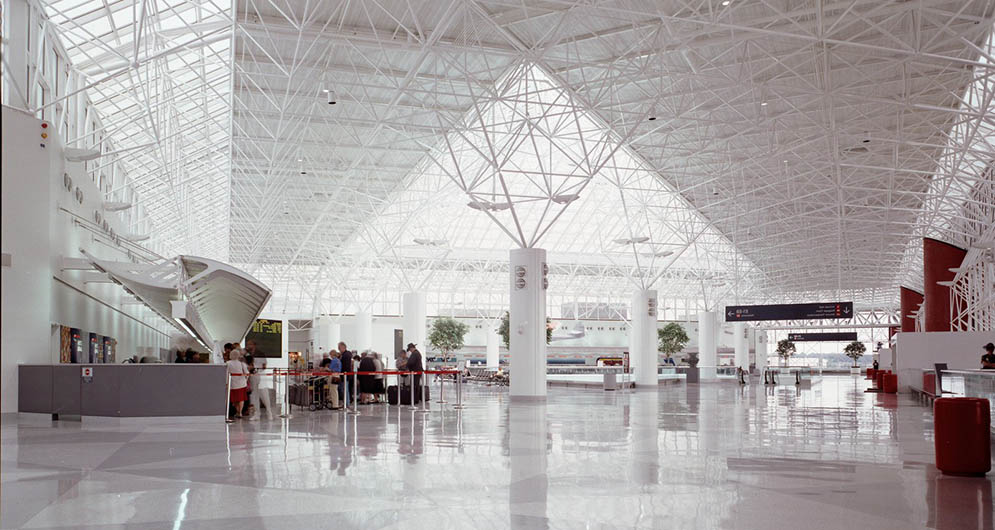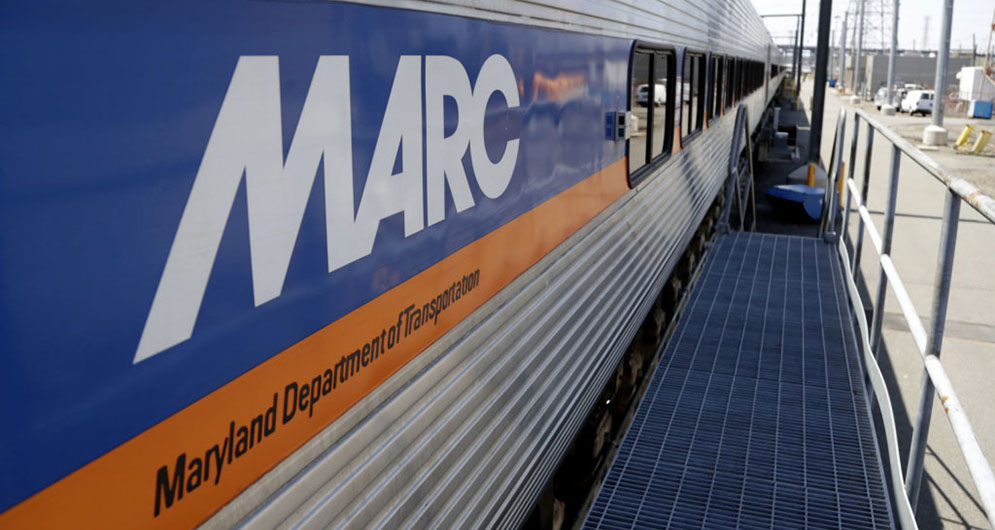Washington, D.C. — the nation’s capital — is a city that effortlessly blends history, politics, culture, and modern vibrancy. Whether you’re visiting to explore the iconic monuments, dive into the rich museums, attend important conferences, or simply enjoy the lively neighborhoods, getting there comfortably and efficiently is a key part of your trip planning. The first major decision you’ll face is booking your flight. Choosing the best flight to Washington can set the tone for your entire trip.
In this guide, I’ll walk you through everything you need to consider to find the ideal flight, from airport options and airlines to pricing tips and travel hacks. No matter your departure city, travel style, or budget, you’ll gain useful insights that will make your journey to Washington smoother and more enjoyable.
Understanding Washington’s Airport Options
First things first: Washington, D.C. is served by three major airports, each with its own strengths and logistical considerations.
Ronald Reagan Washington National Airport (DCA)
Located just across the Potomac River in Arlington, Virginia, Reagan National is the closest airport to downtown Washington, D.C. It offers incredible convenience for travelers who want quick access to the city center—just about 15 minutes by taxi or public transit. Its primary focus is on domestic flights, with some limited connections to nearby Canadian cities.
Washington Dulles International Airport (IAD)
Dulles, located about 26 miles west of downtown D.C., serves as the region’s primary international gateway. It handles a large volume of international flights as well as many domestic routes. If you’re flying internationally or from farther away in the U.S., this airport will likely be your arrival point.
Baltimore/Washington International Thurgood Marshall Airport (BWI)
Situated in Maryland, BWI is about 30 miles northeast of downtown D.C. It’s a popular choice for budget travelers because it hosts several low-cost carriers. Though it’s the farthest of the three airports from the city center, it has good transportation connections, including train and shuttle services.

Knowing these airport options helps you decide what balance of convenience, price, and airline availability fits your trip best.
Key Factors to Consider When Booking Your Flight
1. Airport Proximity vs. Flight Options
If convenience is your top priority, flying into Reagan National is ideal. However, because it primarily serves domestic flights and has strict noise and security restrictions, you might find fewer direct routes or higher prices.
If you want a wider selection of airlines, more international connections, or potentially better prices, Dulles and BWI are worth considering, even if they add some commute time.
2. Price and Airline Choice
Prices fluctuate based on seasonality, demand, and how far ahead you book. Use price comparison tools like Google Flights, Skyscanner, or Kayak to scan multiple airlines and dates. Don’t forget to check low-cost carriers separately—especially at BWI, where airlines like Southwest and Spirit offer competitive fares.
Keep in mind, budget airlines might charge extra for checked bags, seat selection, or even carry-on luggage. Factor these fees into your total cost before booking.
3. Flight Duration and Layovers
A nonstop flight is usually preferred, especially for comfort and minimizing travel time. However, direct flights to Washington may be pricier or less frequent from some locations. If you’re okay with layovers, check their duration and airport quality—some layovers can add hours of waiting or require terminal transfers.
4. Timing and Arrival Considerations
Consider what time you’ll arrive in Washington. Arriving during rush hour can mean longer travel times from any airport to your accommodation. Mid-morning or early afternoon arrivals often help you avoid the worst traffic and give you time to settle in before evening plans.
Similarly, departure times affect your last day in the city. An early flight means an early start but could cut your sightseeing short; a late flight might give you more time but require you to stay near the airport the night before.
Booking Tips for the Best Deals and Experience
Book in Advance—but Stay Flexible
Generally, booking at least 4-6 weeks ahead can help you secure better prices. However, if your schedule allows, monitor fare trends and be ready to jump on flash sales or last-minute deals. Flexible dates make a big difference when searching for bargains.
Use Alerts and Loyalty Programs
Set fare alerts through booking sites so you get notified of price drops. If you frequently fly with a particular airline, use their loyalty program. Accruing miles can lead to upgrades, free bags, or even free flights in the future.
Check Baggage Policies Before Booking
Some airlines, especially low-cost carriers, have very strict baggage rules. Make sure you understand what is included with your ticket, and pack accordingly to avoid unexpected fees at the airport.
Transportation From the Airport: Planning Your Ground Travel
Once you land, your journey isn’t over. Knowing your transportation options from each airport is key to seamless arrival.
From Reagan National:
You can take the Washington Metro’s Yellow and Blue lines right from the airport terminal into downtown, which is fast and economical. Taxis and ride-shares are also plentiful.
From Dulles:
Options include the Silver Line Express Bus to the Metro, shuttle services, taxis, and ride-shares. While not as quick as Reagan, it’s still relatively easy to reach the city.
From BWI:
Amtrak and MARC trains connect BWI Airport to downtown D.C. for an easy and affordable ride. There are also shuttle services and taxis available, but expect a longer travel time compared to Reagan.

Putting It All Together: A Sample Search
Imagine you’re flying from a major U.S. city like Chicago or Los Angeles. Nonstop flights to Reagan National may be limited or more expensive, while Dulles will have a wider range of options including international carriers and long-haul flights.
If you’re budget-conscious, BWI might be your best bet for low fares, but you’ll add time and transportation cost to reach the city center.
For business travelers or those wanting maximum convenience, a direct flight into Reagan National with a short taxi or Metro ride might justify a higher fare.
Other Considerations: Special Needs and Preferences
Traveling with kids? Prioritize direct flights and airports with easier ground transport.
Needing wheelchair or special assistance? Check with your airline and airport in advance.
Flying internationally? Dulles offers the best variety of global connections.
Choosing the best flight to Washington, D.C. involves more than just finding the cheapest fare. It’s about striking the right balance between convenience, cost, and your personal travel style. Whether you’re a frequent flyer seeking efficiency, a budget traveler hunting for deals, or someone who prioritizes comfort and amenities, understanding the full scope of your options can dramatically enhance your overall experience.
Washington, D.C.’s three main airports — Reagan National (DCA), Dulles International (IAD), and Baltimore/Washington International (BWI) — each offer distinct advantages. DCA puts you within minutes of the National Mall, Capitol Hill, and central hotels. IAD connects you to a wide range of international and long-haul flights. BWI caters to cost-conscious travelers and often hosts some of the lowest fares available in the region. Depending on where you’re coming from and what matters most to you — price, time, or flexibility — the right choice may vary.
But booking a flight is just the first step. Doing your homework before making a reservation can help you avoid common pitfalls. Comparing ticket prices across platforms, setting up fare alerts, and knowing when to book can save you a substantial amount. Additionally, being aware of baggage fees, cancellation policies, and seat selection costs (especially with low-cost carriers) will give you a clear view of the true total cost of your flight.
Don’t overlook the importance of arrival time and transportation logistics. A great flight can turn frustrating quickly if it leaves you stranded at an airport during rush hour or in need of an expensive ride to your hotel. Research public transit options like the Metro from DCA, Silver Line from IAD, or Amtrak/MARC trains from BWI to make your airport-to-city connection as smooth as possible. Building this into your travel plan can reduce stress and save money on arrival.
If you’re traveling for business, timing is key — a midday arrival might allow you to attend an afternoon meeting or dinner without hassle. If you’re traveling for leisure, consider an early arrival to maximize your first day in the city. Either way, choosing a flight that fits into your itinerary, rather than disrupting it, can make a huge difference in how you experience your first hours in the capital.
Washington, D.C. is a city packed with layers of history, culture, political energy, and vibrant neighborhoods. Arriving well-rested and well-prepared allows you to dive right in, whether you’re strolling through Georgetown’s cobblestone streets, exploring the Smithsonian museums, or attending events at the National Mall.
So take the time to choose wisely, book smartly, and plan thoughtfully. The flight you pick sets the tone for your entire trip. Start strong, and the rest of your Washington adventure is bound to follow suit.
Safe travels — and welcome to the capital!
